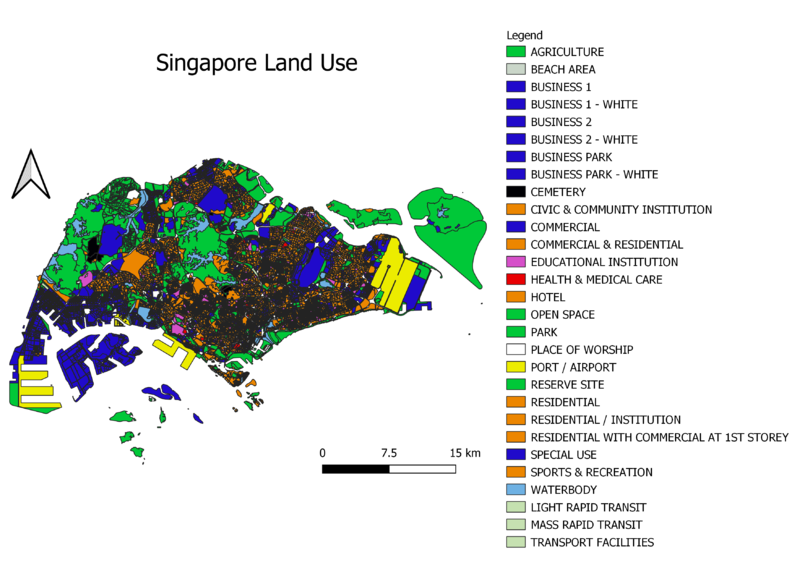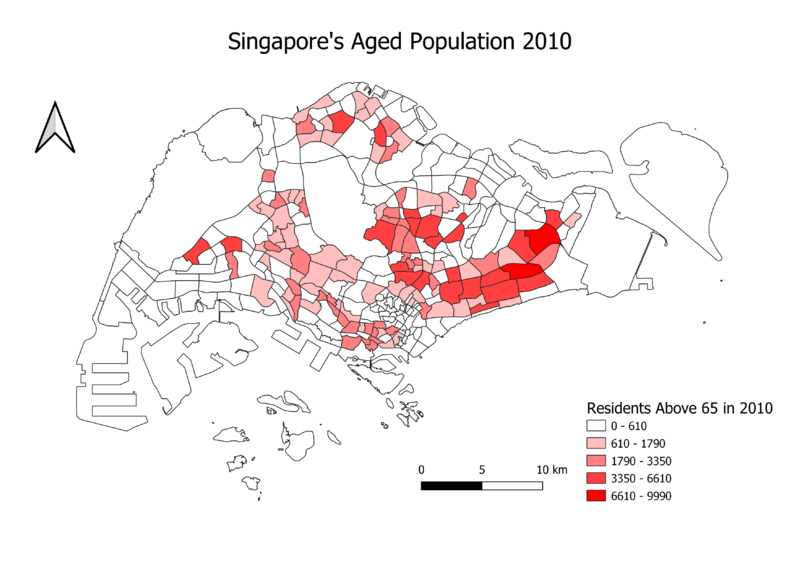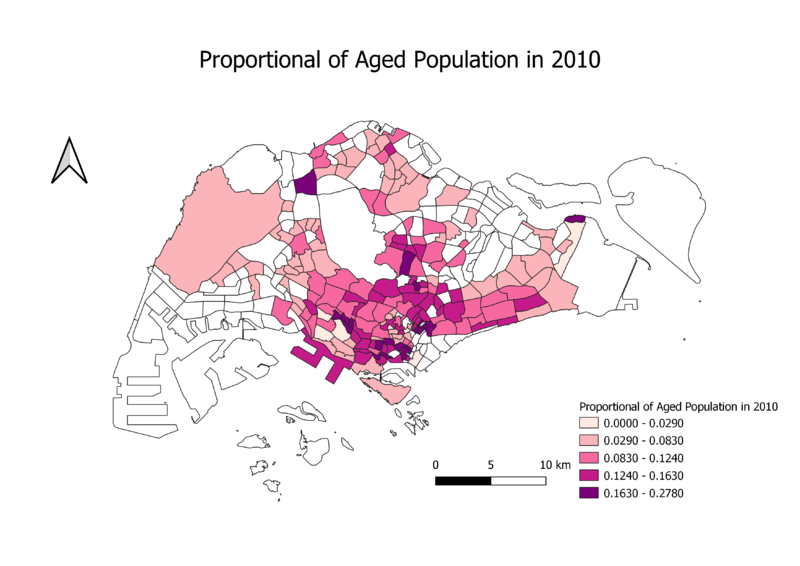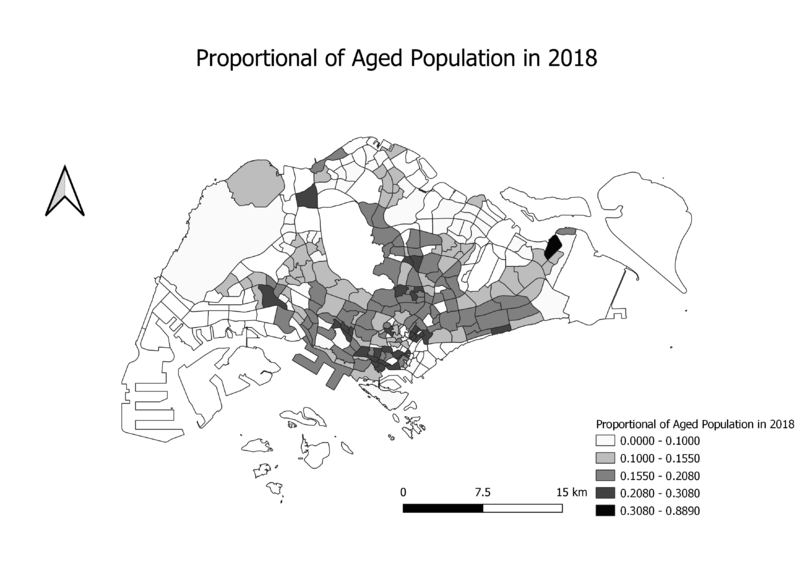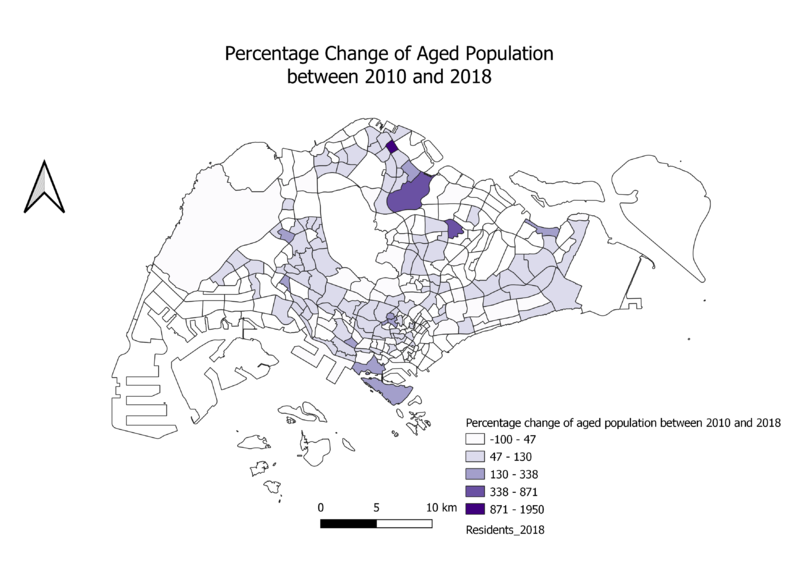Difference between revisions of "SMT201 AY2019-20T1 EX1 Peh Jin An"
| Line 6: | Line 6: | ||
===Gombak=== | ===Gombak=== | ||
[[File:Singapore_Road_Sections(Updated).png|border|center|800x800px|]] | [[File:Singapore_Road_Sections(Updated).png|border|center|800x800px|]] | ||
| − | |||
| − | |||
| − | |||
| − | <b>Health Risk</b> | + | <b>Health Risk</b> </br> |
| − | Refer to the screenshot on the top left | + | <i>Refer to the screenshot on the top left</i> </br> |
With the main objective of having a site that is quarantined from the contagious disease, housing areas and offices in Gombak should be located further away the Communicable Disease Quarantine Centre. This reduces the opportunities germs from reaching the site through human interaction, wind, objects exposed to the disease etc. | With the main objective of having a site that is quarantined from the contagious disease, housing areas and offices in Gombak should be located further away the Communicable Disease Quarantine Centre. This reduces the opportunities germs from reaching the site through human interaction, wind, objects exposed to the disease etc. | ||
| − | <b>Accessibility</b> | + | <b>Accessibility</b> </br> |
| − | Refer to the screenshot on the top right | + | <i>Refer to the screenshot on the top right</i> </br> |
The service roads and tracks of Gombak will determine if the Communicable Disease Quarantine Centre is easily accessible. With heavy construction expected to take place during the construction stage, it is vital that the selected site is close to these service roads and tracks. | The service roads and tracks of Gombak will determine if the Communicable Disease Quarantine Centre is easily accessible. With heavy construction expected to take place during the construction stage, it is vital that the selected site is close to these service roads and tracks. | ||
| − | <b>Natural Conservation</b> | + | <b>Natural Conservation</b> </br> |
| − | Refer to the screenshot on the bottom left | + | <i>Refer to the screenshot on the bottom left</i> </br> |
In effort to conserve Singapore’s natural grounds, the Communicable Disease Quarantine Centre should be located away from the forested land, parks and waterways in Singapore. | In effort to conserve Singapore’s natural grounds, the Communicable Disease Quarantine Centre should be located away from the forested land, parks and waterways in Singapore. | ||
| + | <b>Economic</b> </br> | ||
| + | <i>Refer to the screenshot on the bottom right</i> </br> | ||
| + | The different steepness levels of ground around Gombak will determine the Communicable Disease Quarantine Centre’s overall development cost. With step slope constructions tending to involve more ground filling, cutting and levelling, having the site built on slopes that are less steep is recommended. | ||
Revision as of 20:20, 10 November 2019
Contents
Project Overview
In search of location most suitable for building a National Communicable Disease Quarantine Center, this project aims to achieve the given task based on the 4 major factors; The Economic, Accessibility, Health Risk and Natural Conservation factors.
Gombak
Health Risk
Refer to the screenshot on the top left
With the main objective of having a site that is quarantined from the contagious disease, housing areas and offices in Gombak should be located further away the Communicable Disease Quarantine Centre. This reduces the opportunities germs from reaching the site through human interaction, wind, objects exposed to the disease etc.
Accessibility
Refer to the screenshot on the top right
The service roads and tracks of Gombak will determine if the Communicable Disease Quarantine Centre is easily accessible. With heavy construction expected to take place during the construction stage, it is vital that the selected site is close to these service roads and tracks.
Natural Conservation
Refer to the screenshot on the bottom left
In effort to conserve Singapore’s natural grounds, the Communicable Disease Quarantine Centre should be located away from the forested land, parks and waterways in Singapore.
Economic
Refer to the screenshot on the bottom right
The different steepness levels of ground around Gombak will determine the Communicable Disease Quarantine Centre’s overall development cost. With step slope constructions tending to involve more ground filling, cutting and levelling, having the site built on slopes that are less steep is recommended.
Singapore Land Use
I have decided to utilize the LU_Desc column from the attribute table as it best fulfils the requirements of the question. I have classified the map into 4 main categories. Blue representing the business and commercial parts Orange representing residential and recreational Green representing agriculture, open spaces, parks and reserved sites Turquoise representing waters White representing religious buildings Black representing cemeteries Pink representing educational institutions Red representing health and medical care Light green representing transport means I have classified them into these categories as I believe it has value when it comes to planning and understanding our land usage.
Singapore Aged Population for 2010 and 2018
This map shows the classification of subzones based on Singapore’s aged population. The higher the number of aged populations, the darker the colour generated. In this case, the 2010 map will reflect a darker red while the 2018 will reflect a darker green. It was noticeable that some subzones that didn’t have darker shades in the 2010 map have emerged in the 2018 map. In addition, the values for the classes increased in the 2018 map, as compared to the 2010 map. This implies that the number of aged people living in those subzones has increased during these 8 years; and since there is a greater number of subzones that is coloured in 2018 as compared to 2010, this presents the trend of an aging population in Singapore.
Singapore Aged Population Proportions for 2010 and 2018
I added a new column for both the 2010 and 2018 data files for the aged populations in the attributes table for citizens aged 65 and above. I also subsequently added the total populations column for both 2010 and 2018. Note that all these attributes have been added into the MP14 Web layer. I went on to calculate proportion using the field calculator by putting the dividing the total count of citizens aged over 65 for both years over the total population.
Percentage Change of Age Population between 2010 and 2018
For percentage, I added a new column for both the 2010 and 2018 data files for the aged populations in the attributes table for citizens aged 65 and above. I also subsequently added the total populations column for both 2010 and 2018. Note that all these attributes have also been added into the MP14 Web layer. I then went on to calculate the proportion by subtracting the differences between both files and dividing it over the 2010 value and multiplying the answer by 100. I then went on to render the data onto the map. Analyzing the map's data, the darker shades show a large percentage increase in the number of people aged 65 and above living in those subzones, while the lightest shade shows a percentage decrease in the number of people aged 65 and above living in those same subzones. Since there is a significant number of subzones with darker shades as compared to the first shade, it implies that the number of aged people living in these areas have had a increase, or even a significant amount of increase.
Missing Values
I have assumed for '-' values to be 0
Sources
Data.gov Sing Stat


